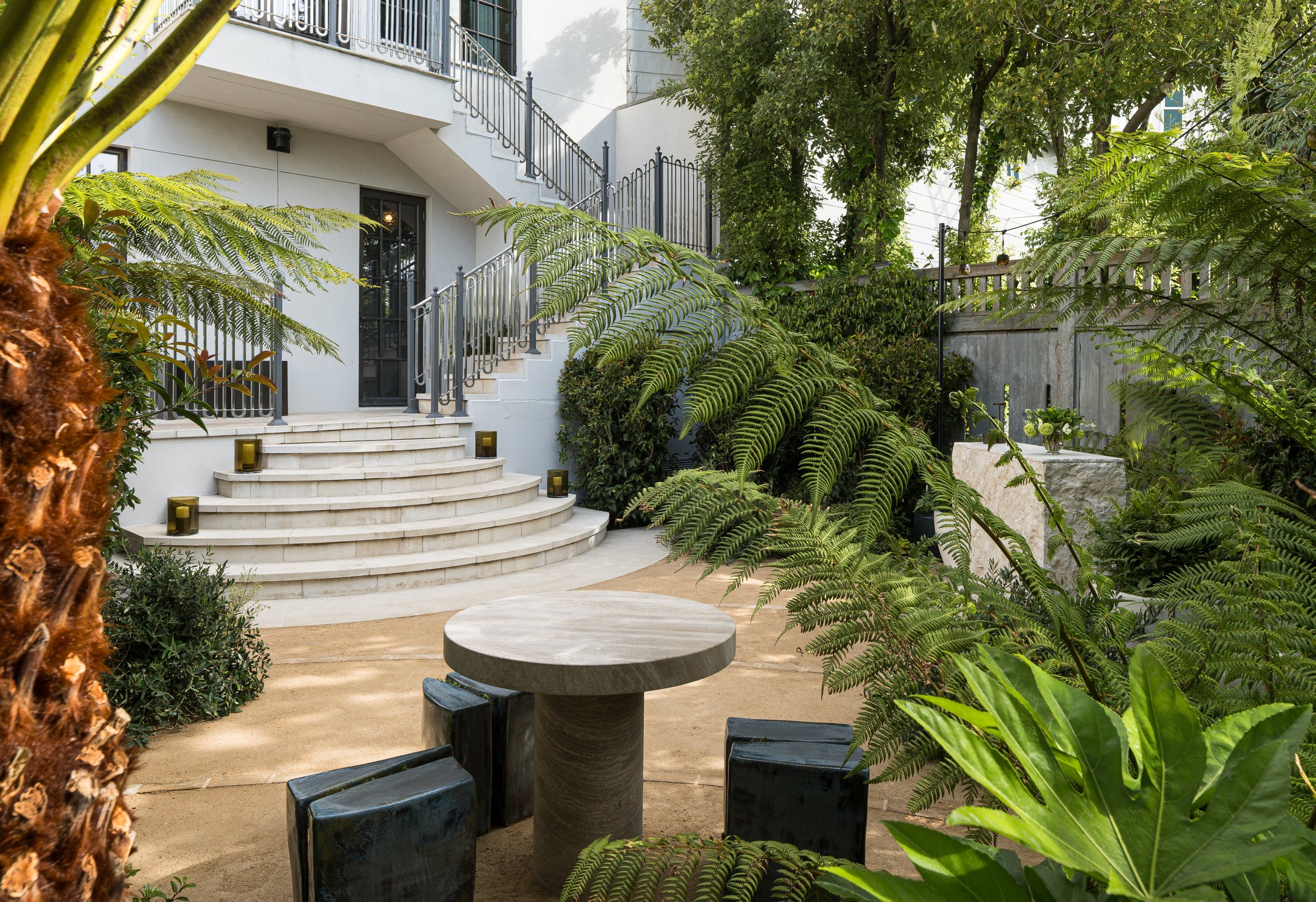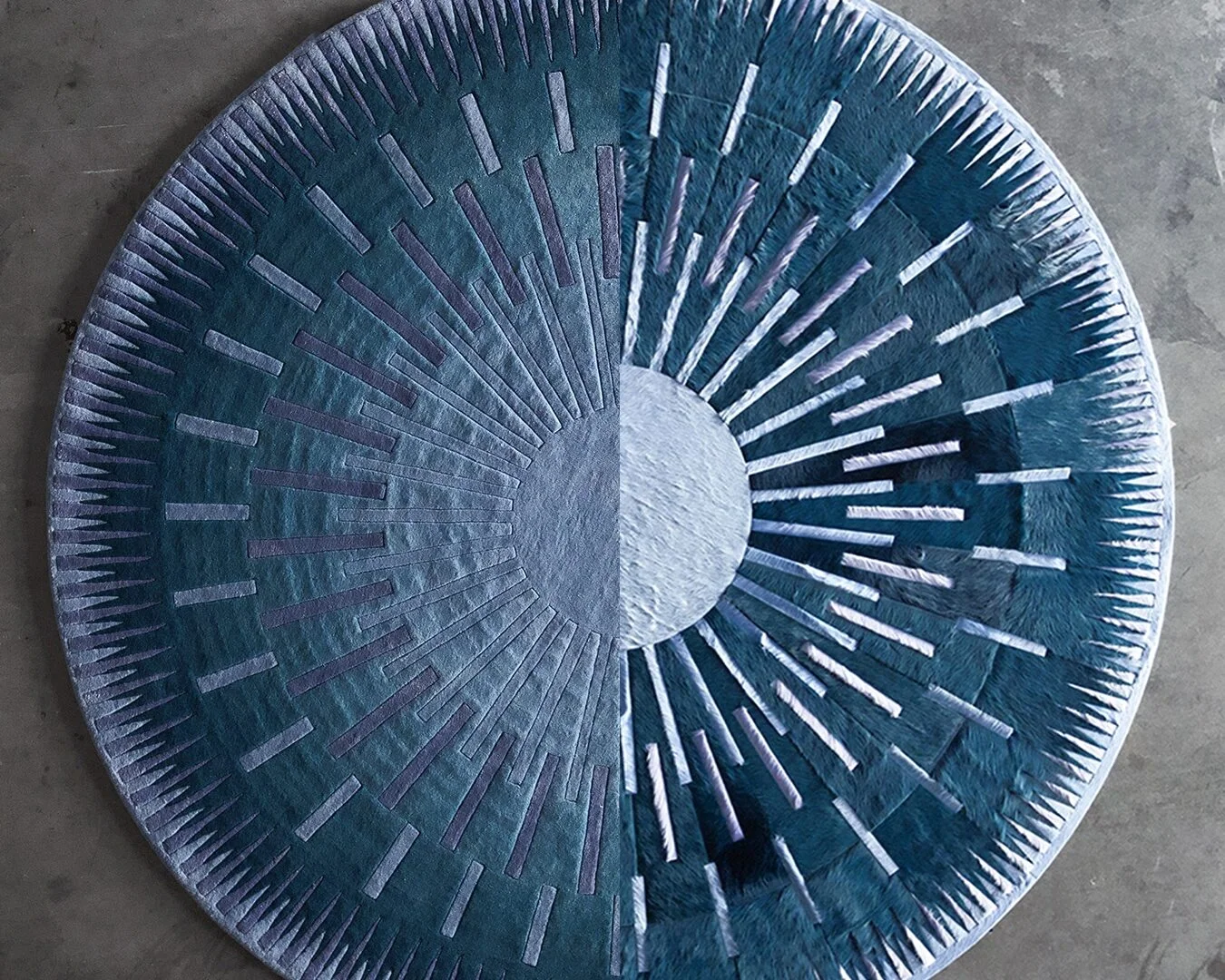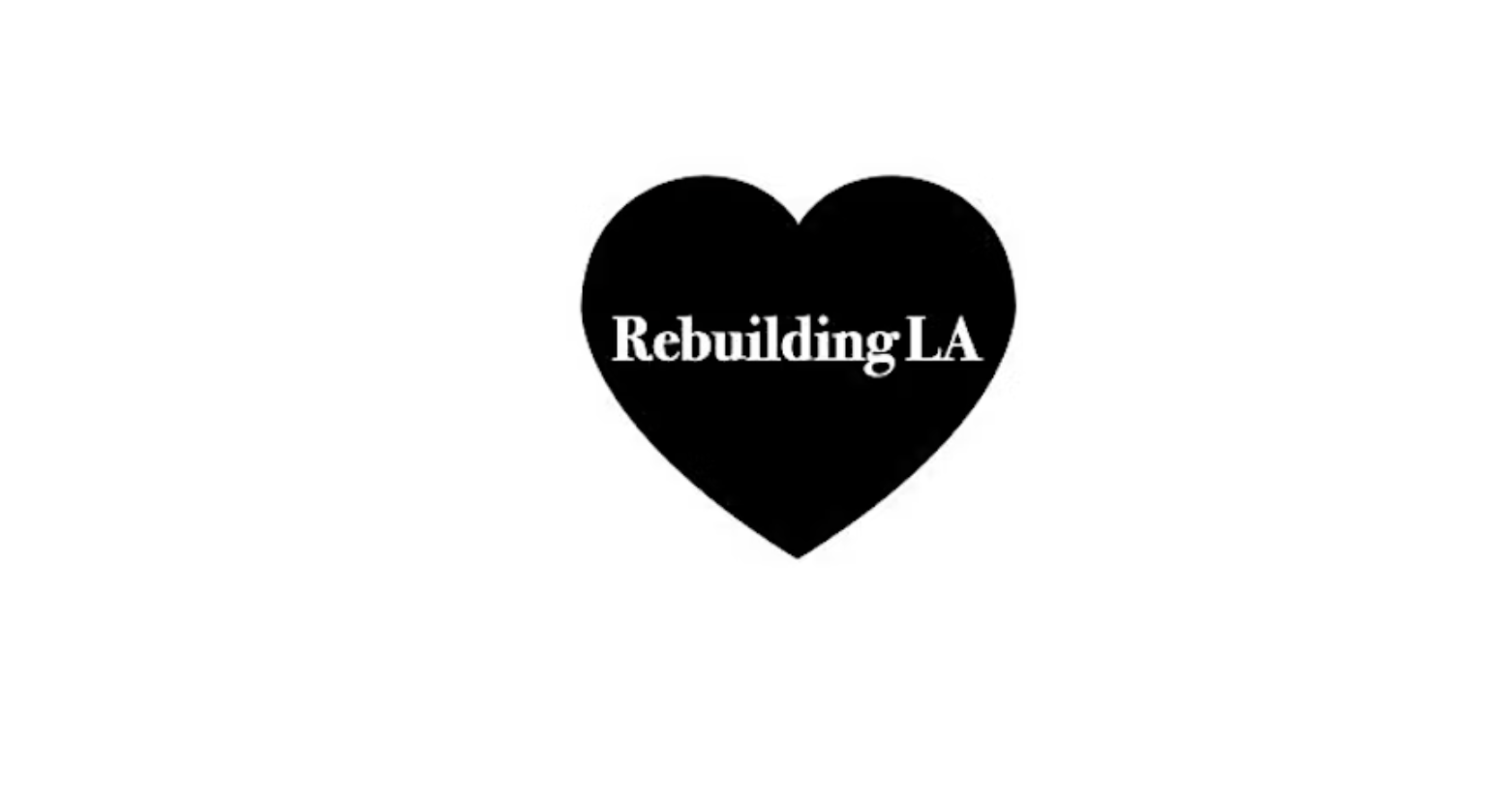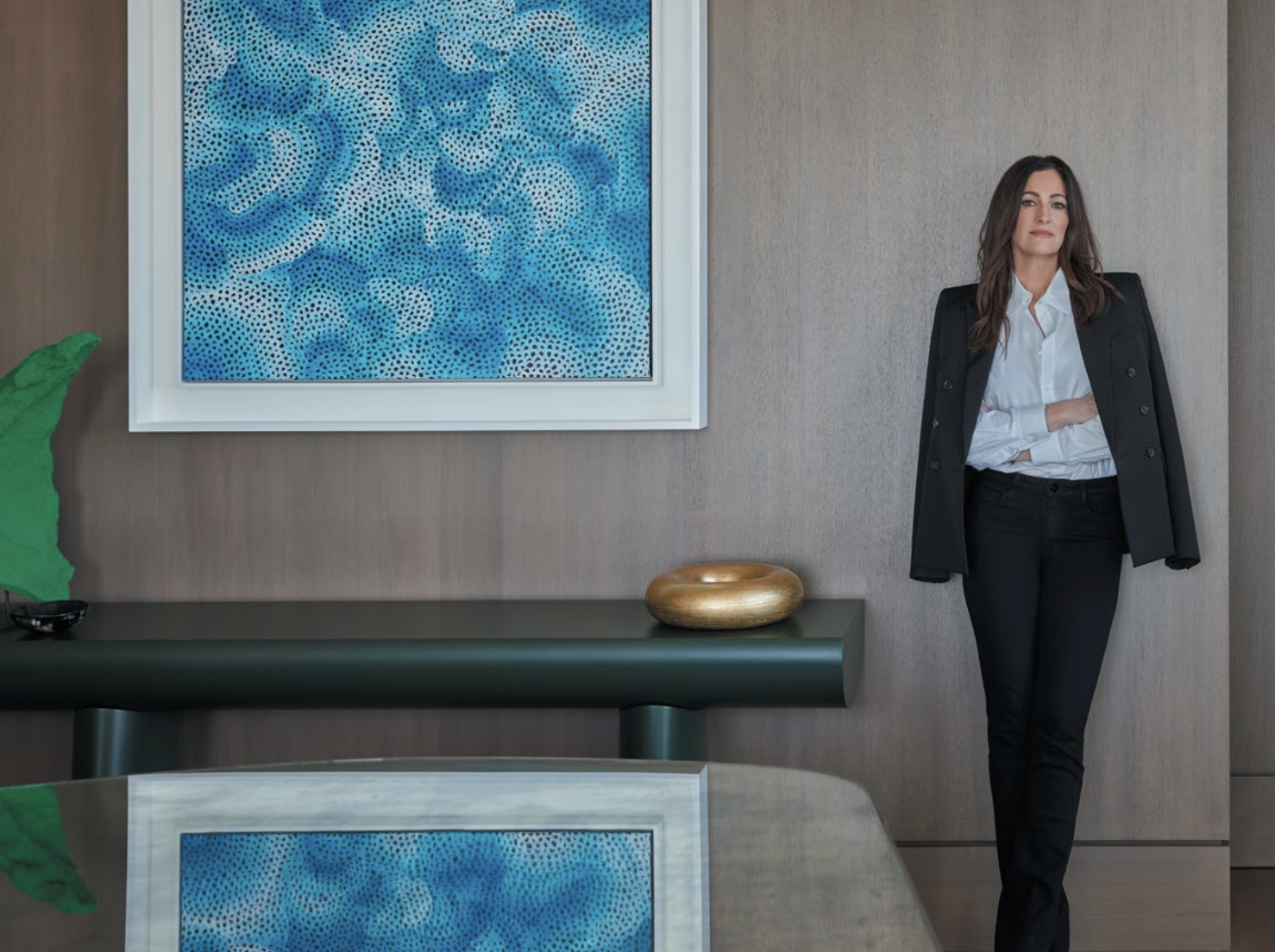The Fine Print
Author:Anh-Minh LeFifty years on, San Francisco’s Arion Press still painstakingly hand- crafts its artist books
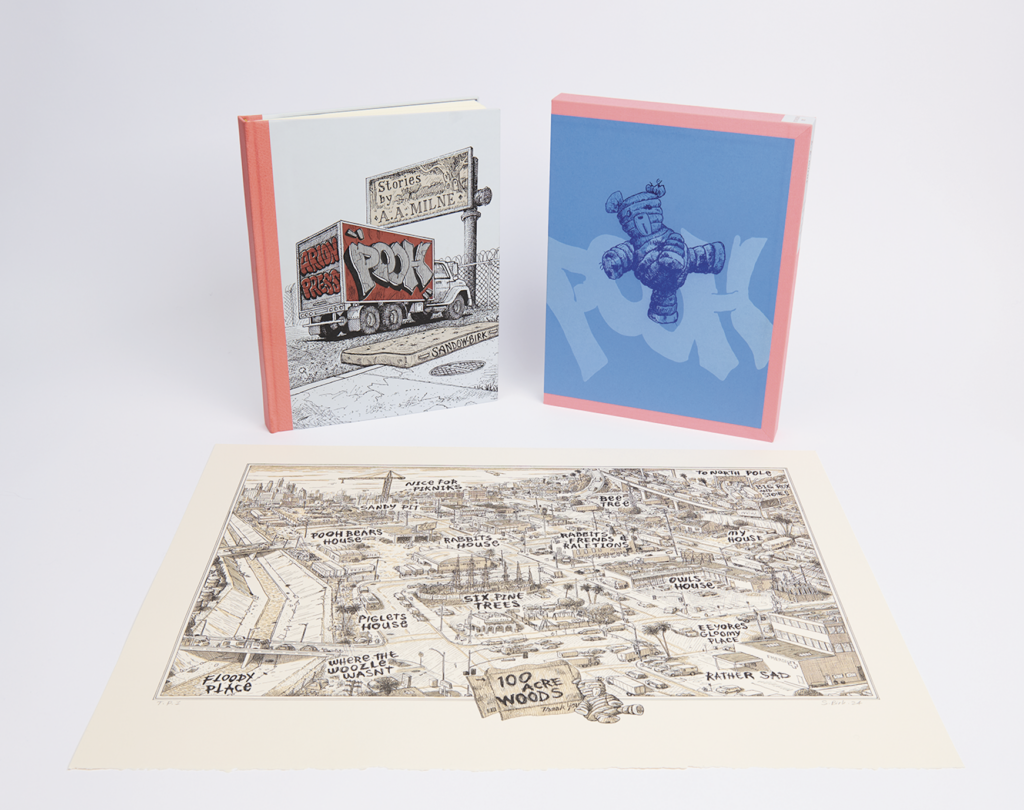
Amid the Presidio’s historic forest and brick facades, the boxy beige building barely draws attention—save for a towering smokestack out front. Its unremarkable exterior, however, entirely belies the wondrousness inside. This is the home of Arion Press, the only vertically integrated bookmaker in the country—recognized by the National Trust for Historic Preservation as an “irreplaceable cultural treasure.” Founded by Andrew Hoyem in 1974, Arion produces limited-edition, handcrafted books that pair literary works with contemporary artists for “a retelling of the story through images,” says Rolph Blythe, director of the press.
Along with its 50th anniversary, fall brings a move to a more prominent location elsewhere in San Francisco: the Fort Mason Center for Arts & Culture. In the new venue, designed by Jensen Architects, Arion’s metal type foundry, letterpress room and bookbindery will continue to operate under one roof. And thanks to expanses of glass, the public can glimpse its painstaking process.
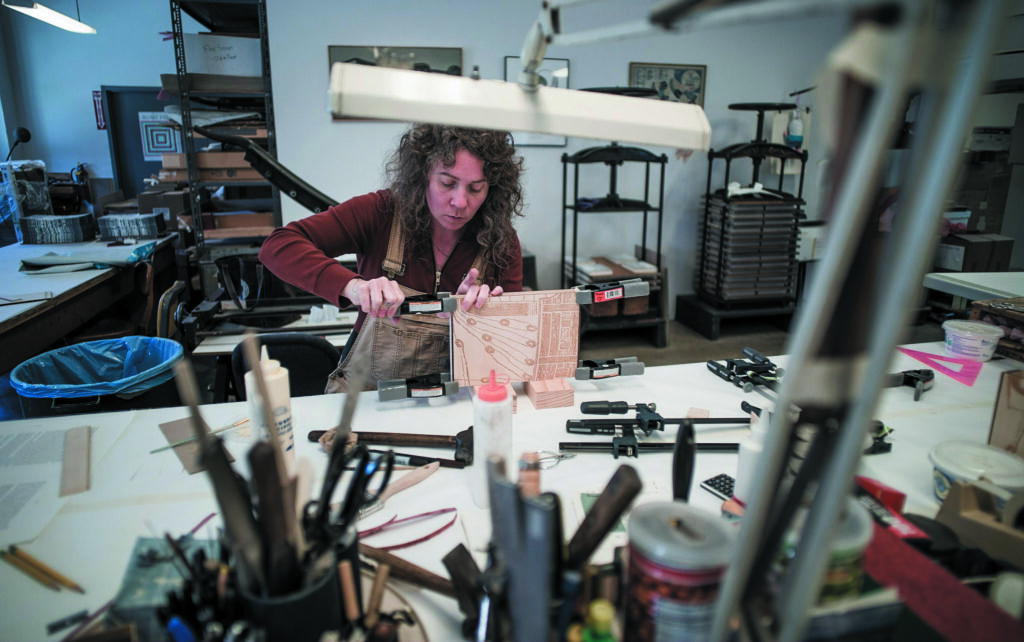
With books that are wide-ranging, “the throughline is this notion that we’re creating a fine-press edition, working from the inside out,” Blythe says. “We make type choices first, then layout and design choices in concert with the artists. Binding plays a big role, but it doesn’t come up until rather late in the process for us.” Indeed, just as its traditional techniques are noteworthy, Arion’s approach to working with artists and the resultant designs are unparalleled.
The printing process starts in M&H Foundry, which was acquired by Arion in 1989 and is overseen by typecaster and press operator Brian Ferrett. Century-old typecasting machinery turns molten lead into letters. The letters are composed into lines, which are then assembled into pages. In the letterpress room, Arion creative director and lead printer Blake Riley explains, multiple pages are arranged in the press bed and locked into position. As the presses carry each sheet of paper onto the type, the type is impressed into the fibers of the sheet. Riley and his team review the proofs “to make sure everything is where it belongs, that there’s consistency throughout,” he says. They check for inking, typos and broken letters. A table holds pages with characters circled in pencil—bad type that will need to be replaced individually by hand.
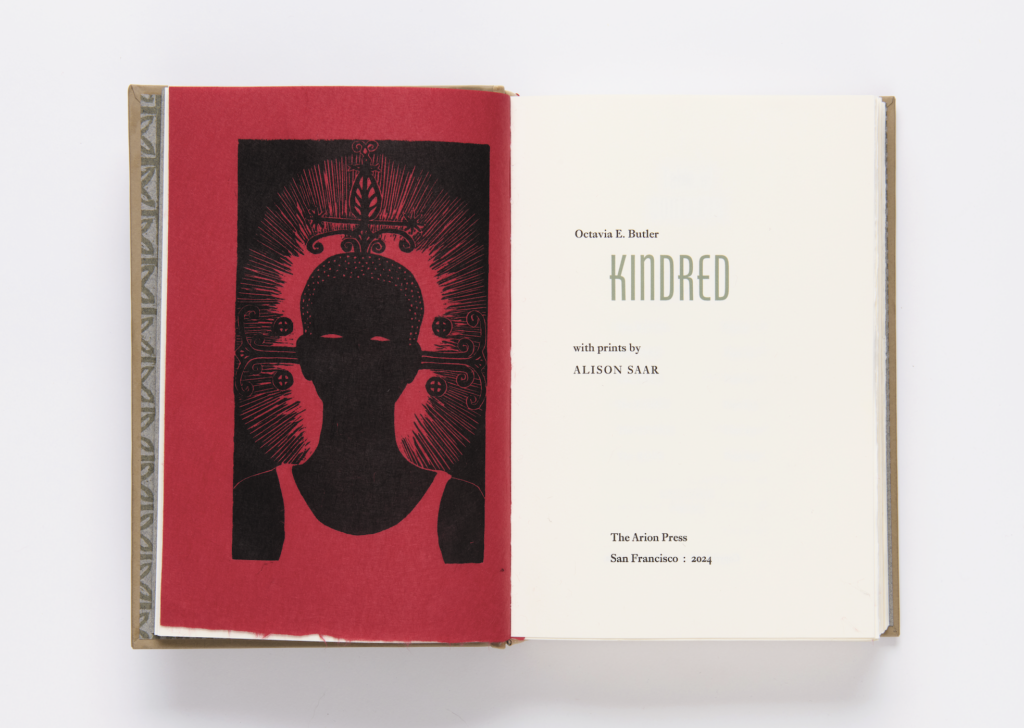
The final stop is the bindery, where lead bookbinder Megan Gibes can be found cutting, folding and stitching volumes by hand. Every detail is carefully considered. Case in point: For the headband—the decorative strip at the head and tail of the spine—she wraps silk thread around leather cord, creating a striped pattern. In 2024, Arion is releasing two books: Octavia E. Butler’s Kindred, for which Los Angeles artist Alison Saar carved 14 linoleum blocks, and Aesop’s Fables. The latter—which includes works by Enrique Chagoya, Barry Moser and Kara Walker—is presented in a sculptural box conceived by artist Kiki Smith. Each title is offered in fine-press and deluxe editions, with annual subscriptions available.
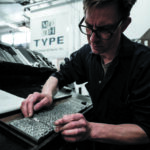
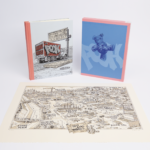
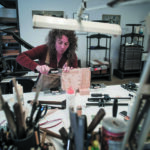
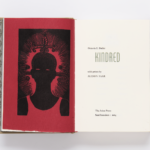
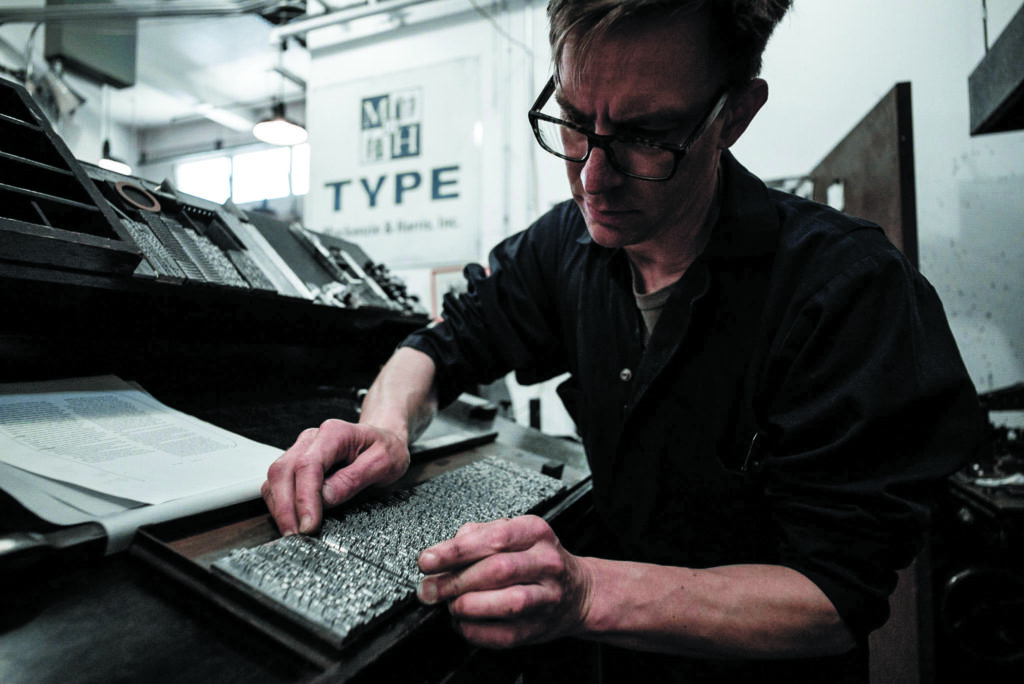 Type foundry manager Brian Ferrett separates lines of metal alloy type into individual book pages to be made ready for printing.
Type foundry manager Brian Ferrett separates lines of metal alloy type into individual book pages to be made ready for printing.